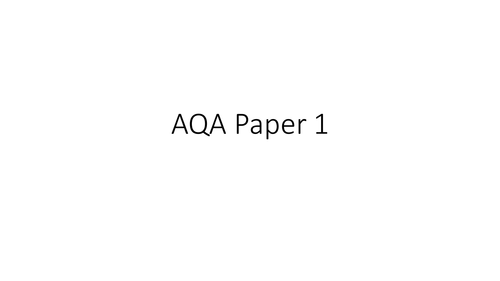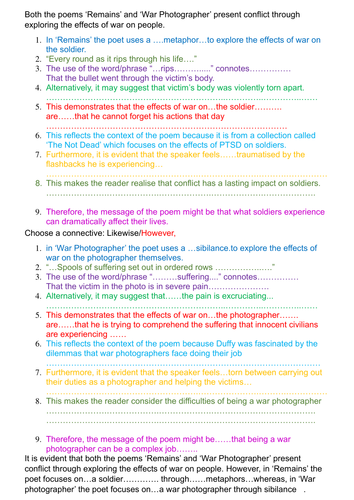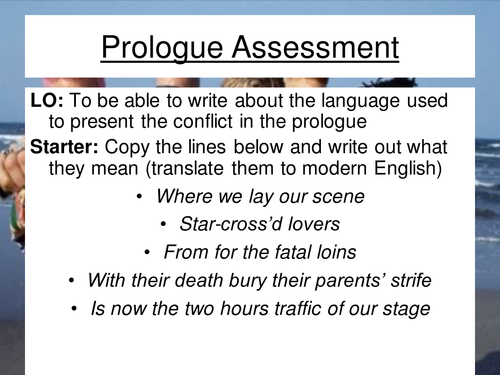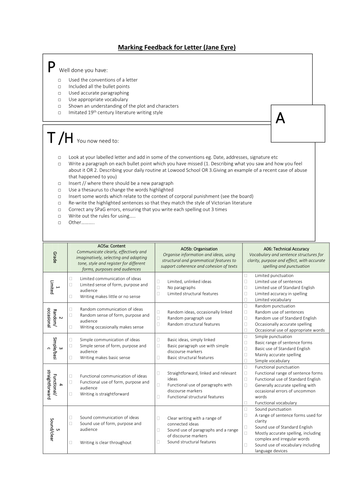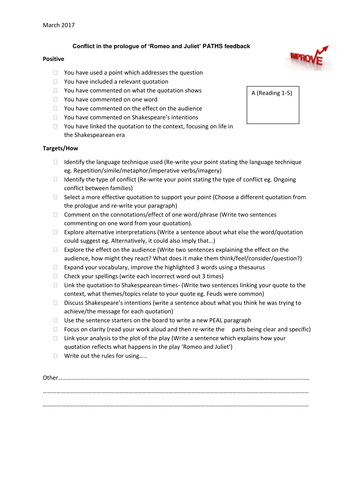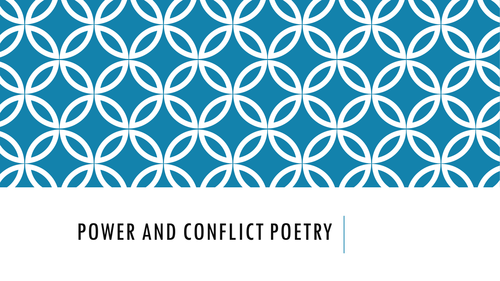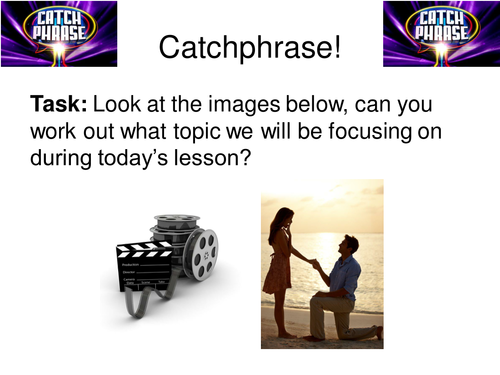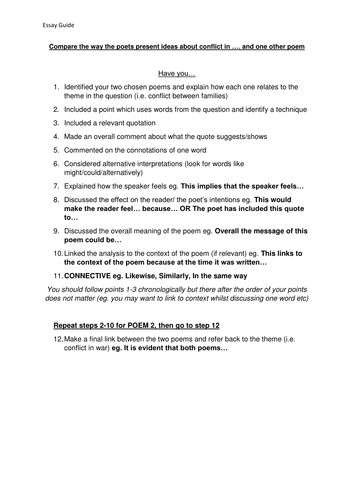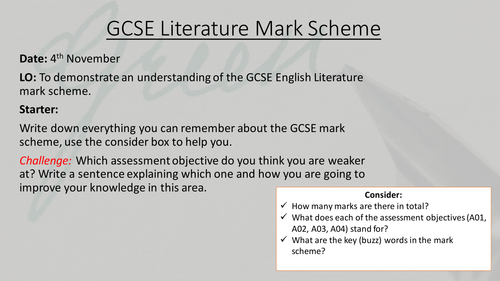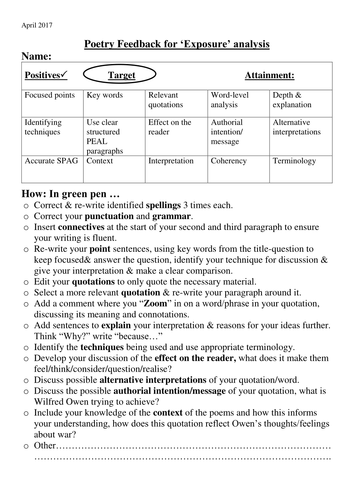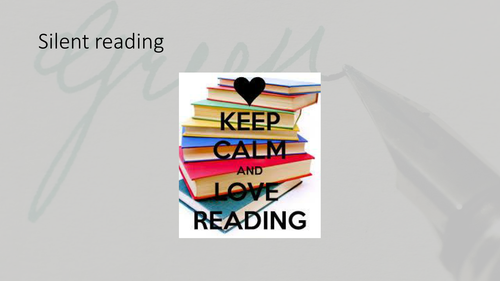Amyslinger's Shop
Teacher of English, however I have also taught Drama and Media Studies. Also responsible for coordinating literacy. I trained to teach in 2013 and have taught from year 7 to year 12 (A-level). My resources include a mixture of full Powerpoint lessons, worksheets and marking feedback sheets to help teachers mark quickly and efficiently.







